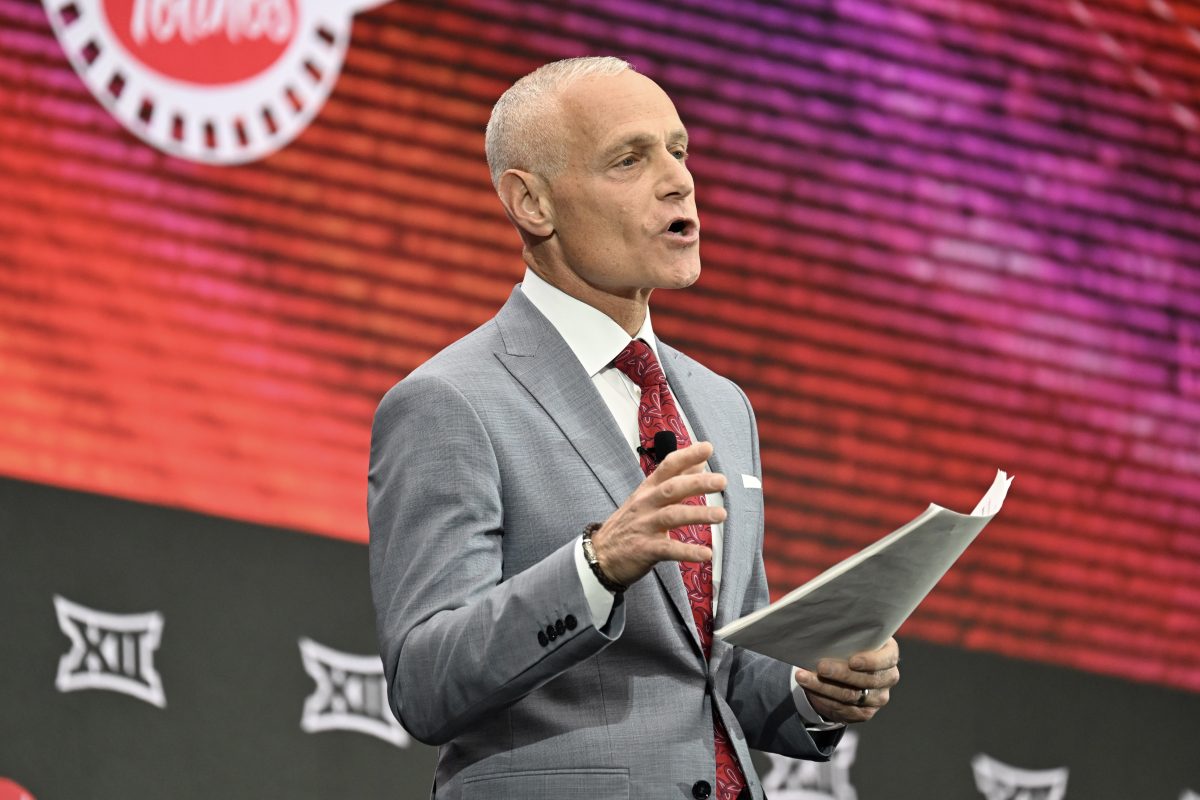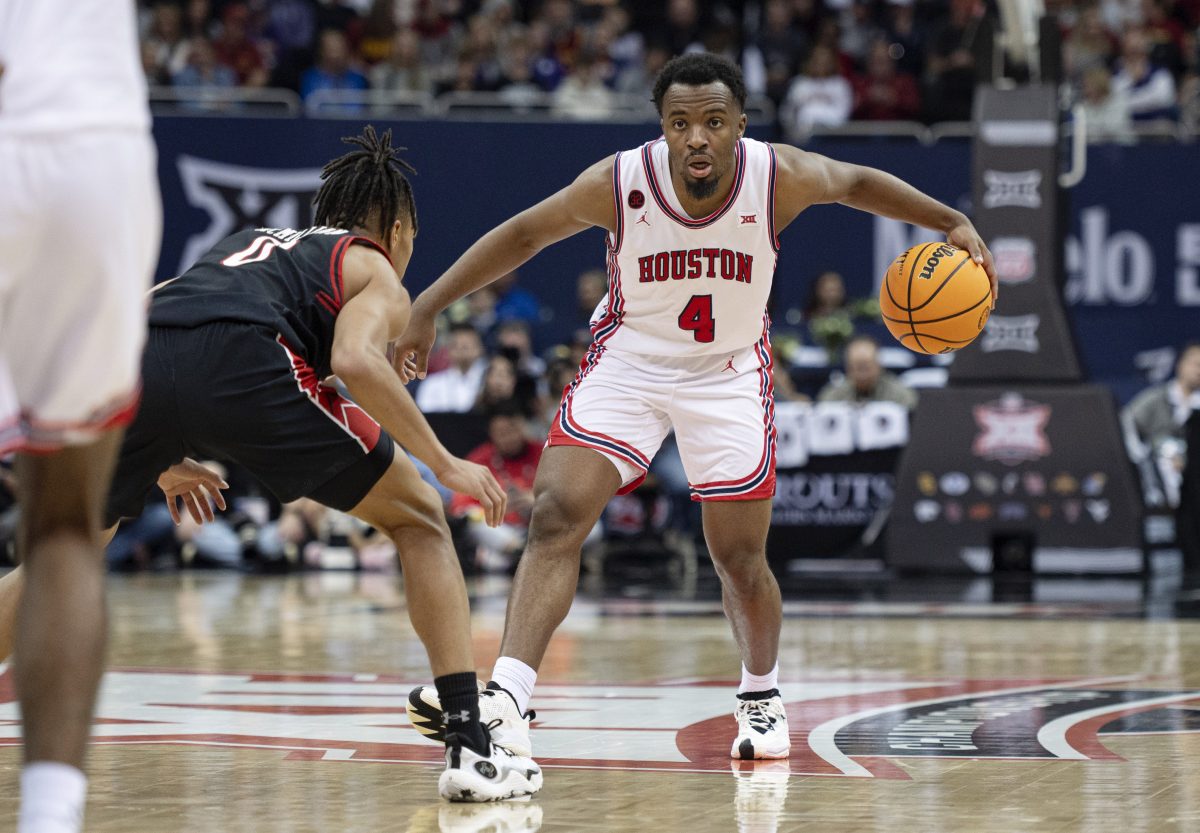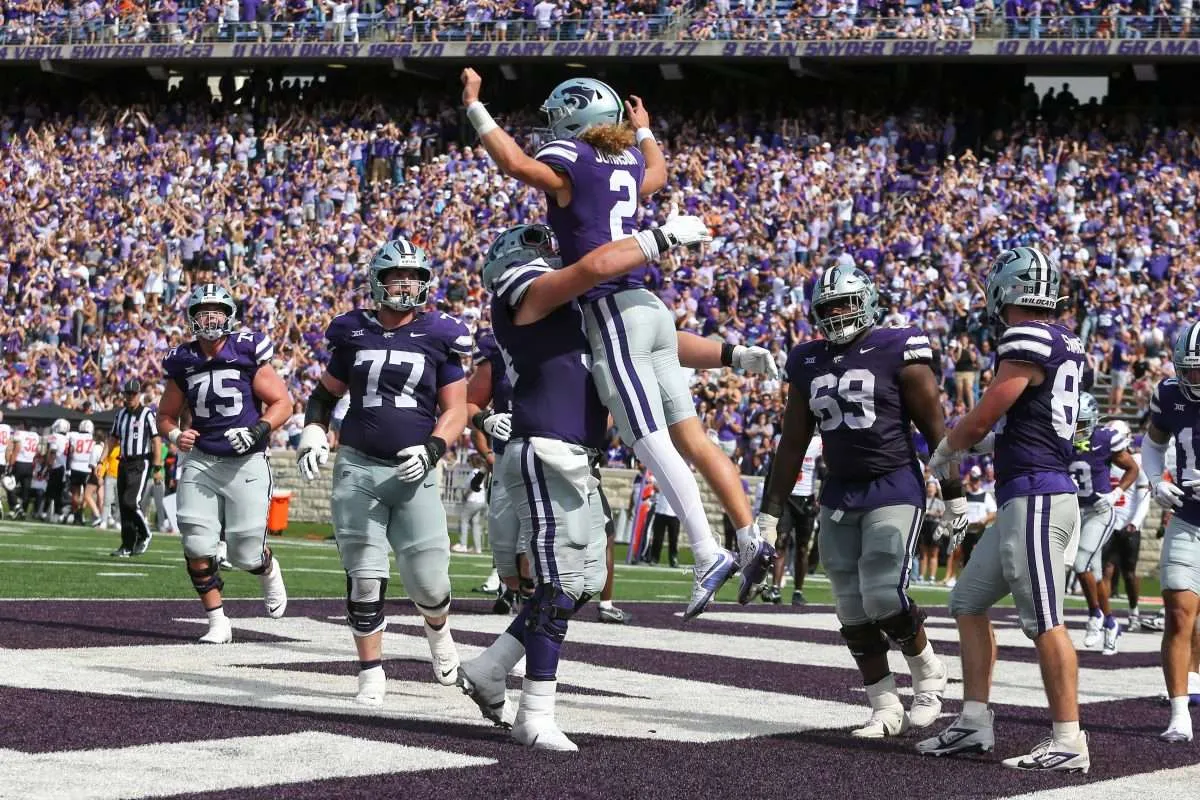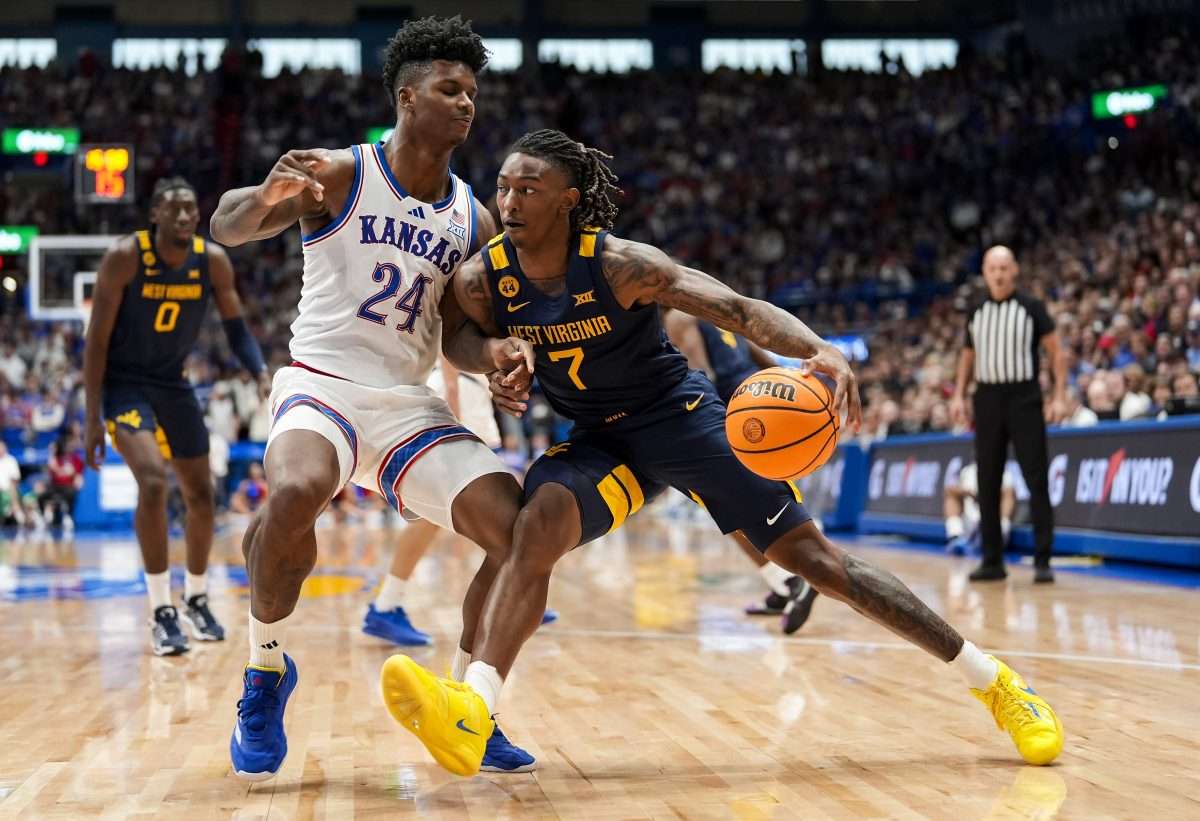What’s going on in the Big 12 and beyond? I expand and explain every Sunday in Postscripts at Heartland College Sports, your home for independent Big 12 coverage.
This week, it’s time for everyone to embrace the NIL money, time the explore the drama in Tucson and time to acknowledge the “Ted Cruz curse.”
IS NIL OUT OF CONTROL? YES. SO WHAT?
Earlier this week Texas Tech forward JT Toppin announced he was returning for another year at Texas Tech. I’m sure everyone in Lubbock was happy to hear that. As someone that covers the Big 12, I was happy to hear that.
As one might expect, Toppin got a significant payday, rumored to be $3-4 million. That’s the kind of money one might spend on a utility infielder. But that’s NIL money for a player like Toppin, who was the Big 12 Player of the Year.
You know what? Good for him. He had a great season, and he deserves it. It’s nice to see a player rewarded for a great season in the moment rather than wait to get that reward after, say, six years of team control in baseball or four to five years of team control in football. Shouldn’t we pay athletes what they’re worth, if we’re going to pay them?
But it does allow us to explore a troublesome topic. No, not the Tennessee quarterback. The Vols did the right thing and let him go. A deal is a deal — and Nico Iamaleava went back on it. By the way, every program that deals with NIL has the right to do this.
It’s the idea of NIL market value.
The power four conferences have partnered with Deloitte to try and figure that out and, if you don’t know what’s going on with that, don’t sweat it. I’m not certain they know what they’re doing, either. Remember — this isn’t just the NCAA trying to thread this needed. The power conferences, their commissioners and their athletic directors are knee-deep in this. There’s a working group, but to this point not much else.
When I think about the framework of the House vs. NCAA settlement — which isn’t fully approved yet — and everything in orbit around it, I believe the NIL market value piece is the next big lawsuit coming.
Here is how I understand it. A student-athlete signs an NIL deal of more than $600. Said deal goes to a clearinghouse, where the deal is assessed on a variety of factors, including market value. If it passes muster, good to go. If it doesn’t, it’s not approved.
The deal shouldn’t be a “pay-for-play” deal. I’m skeptical than they can create a framework to avoid that. But in a case like this, how would the clearinghouse assess Toppin’s market value?
Aside from On3 NIL valuations, what else is out there? Some database that Deloitte is going to put together that may or may not be transparent to the public? What do you think is going happen If a deal like Toppin’s is deemed to exceed market value and not approved?
Related: Top Five Big 12 Takeaways From The Week of April 11, 2025
Lawsuit, baby. And he would probably win. Because in sports, you get paid what the market will bear, not what some formula says you’re worth.
I still see people continuing to lose their minds over this stuff. So, let me ask you this. Have you stopped going to games? Have you stopped watching games? Have you stopped donating to your alma mater or their NIL collective? Have you stopped asking your alma mater’s student-athletes for their autographs or photos?
Your answer is some combination of “no” and “of course not.”
So, stop complaining and let the kids make their dough. This is a Dr. Strangelove situation and it’s just time to embrace it.
Oh, and the conference commissioners and the NCAA need to stop wasting their time in D.C. trying to get whatever deal they’re trying to get, as they did this week (they even got face time on Fox). It’s never happening. You need to figure this problem out for yourself.
You could just do the sensible thing that’s been suggested I don’t know how many times, something that doesn’t require any help from the government.
But I’m just here being logical.
ERASING ARIZONA
So, it’s been an interesting week or so in Arizona. Adia Barnes out as women’s basketball coach for the Wildcats after taking the SMU job. Becky Burke, who just guided Buffalo to the WNIT championship, takes her place.
I’m not an Arizona expert. The Wildcats have only been in the league a year and I’m still getting my bearings in some areas. But following the drama in Tucson has been quite interesting, even to the point of seeing beat writers, current and former, sniping at each other on social media about Barnes.
I do know this. I’ve seen video of Barnes openly asking for more NIL support for her former program at Arizona. That won’t be an issue at SMU. It has the money.
I also know that in the program hierarchy of women’s college basketball, this is a lateral move, at best. SMU hasn’t been to the NCAA Tournament since 2008 and, as someone who has lived in the Dallas most of his life, the women’s program doesn’t get much attention. The Dallas-Fort Worth market is not Tucson, where it’s just U of A. Barnes will struggle to fill Moody Coliseum — unless the Mustangs win a lot.
That’s why this isn’t your typical coaching change. Barnes was in the last year of her deal at Arizona and if she didn’t have an extension by now, she probably wasn’t going to get it. Most coaches don’t like coaching on the final year of a deal. She was among the highest-paid coaches in the game and hadn’t followed up the run to the 2021 women’s national championship game with a Sweet 16 appearance since. Plus, Arizona — both the university and the athletic department — has significant money issues it’s still working through.
You can’t blame her for leaving. But you can blame her this rather back-handed comment about other coaching hires this cycle.
“If you look across the country, if you look at all the recent hires, they’ve all hired mid-major underqualified people, because they don’t really care,” she said.
Around that comment was her saying that she felt that commitment from the new athletic director at SMU, Damon Evans, who fired the previous women’s coach five days after he arrived. So why not just say that not take a swipe at the other coaches hired this cycle, including her replacement?
Some mid-major coaches were not having it.
Or mid-major assistant coaches.
She apologized later. But coaching is a tight community and this won’t be forgotten, especially if things go south at SMU.
Neither will her comments about Arizona basketball when she got there and the shot she took at leadership when she left, according to a Facebook post on an Arizona women’s basketball fan page.
Meanwhile, Burke — a mid-major coach — is 174-92 as a coach with stops at Embry-Riddle, Charleston, USC Upstate and Buffalo. Her only two losing seasons were in her first years at Upstate and Buffalo. The next year she flipped those records well above .500.
Arizona athletic director Desiree Reed-Francois was asked what qualities she was looking for in her new hire.
Ouch. Safe to say there probably isn’t a home-and-home between Arizona and SMU coming anytime soon.
There is clearly more to unpack here.
HOUSTON NEVER HAD A CHANCE
Ever heard of the Ted Cruz curse? Well, you have now.
Every time the sitting Texas senator shows up for a big game that involves a Texas team, that Texas team seems to lose. And, yes Cougars fans were begging Cruz on social media before Monday’s title game to stay away from the game.
One would think, at some point, he would get the message. But talk about not listening to your constituents? When you have his track record, you’ve gotta open your ears.
The part that really hurts? He’s not even a Coog. He went to Princeton and Harvard.
You can find Matthew Postins on Twitter @PostinsPostcard.





